In occupational therapy intervention plans, therapists commonly integrate diverse activities or methods to enhance the client’s ability to perform daily tasks independently and with improved functionality. An example of such methods is the integration of stretching exercises during therapy sessions. These exercises are regularly included to enhance flexibility, expand the range of motion, and enhance overall muscle function.
Encouraging children to engage in hand-stretching routines before participating in manual activities is a good practice. This approach can significantly enhance their hand dexterity and overall manual performance. Hand stretching exercises are gentle movements aimed at elongating muscles and tendons. By doing so, these exercises effectively boost joint mobility, stimulate blood circulation, and contribute to improved flexibility, range of motion (ROM), and the overall function of muscles.
How can Hand Stretches Help Children
Stretching exercises offer benefits to individuals of all ages, including children. As young ones continue to evolve and participate in progressively intricate activities that place higher demands on their hands, the importance of these exercises becomes even more evident. Increased activity complexity brings heightened stress on muscles, tendons, and joints, potentially elevating the vulnerability to injuries.
An additional advantage of regularly incorporating stretching exercises into children’s routines is their potential to support muscle growth. By enhancing circulation, these exercises facilitate the delivery of nutrient-rich blood to muscles, tendons, and joints. This nourishing blood flow contributes to the expansion of connective tissue around muscles. It increases muscle mass, subsequently boosting muscular strength. Furthermore, the stretching exercises indirectly stretch nerves, which plays a role in promoting a sensation of relaxation—a valuable benefit.
Types of Stretching Exercises
A variety of stretching exercises exist, ranging from dynamic stretches to ballistic and PNF techniques, among others. Despite their differences, all these exercises share a common objective: enhancing flexibility, promoting smoother movement, and cultivating a feeling of relaxation. In this discussion, our attention will be directed towards a specific category known as Tendon Gliding Exercises. Occupational Therapist Practitioners (OTPs) have employed these exercises extensively, particularly in post-surgery and injury rehabilitation for the arms and hands, as well as to sustain hand function in older people. Interestingly, tendon gliding exercises could also have positive implications for handwriting and overall fine motor skills, which is an aspect that shouldn’t be overlooked.
Hand stretching exercises are gentle movements aimed at elongating muscles and tendons. By doing so, these exercises effectively boost joint mobility, stimulate blood circulation, and contribute to improved flexibility, range of motion (ROM), and the overall function of muscles.
What are Tendon Gliding Exercises
Tendon Gliding Exercises (TGE) represent an active or dynamic stretching technique involving coordinated movements, including the wrist, hand, and fingers. These movements are designed to enhance the suppleness and mobility of both the flexor and extensor muscles in the arm, along with the intrinsic muscles within the hand that play a pivotal role in facilitating various hand movements.
A recent research article featured in The International Journal of Health Science and Research has presented compelling evidence showcasing the potential benefits of tendon gliding exercises and forearm stretching in handwriting speed and fine motor skills. This development has inspired us to infuse an element of playfulness into the inherently technical tendon gliding exercises, making them enjoyable for children to engage with. So, before delving into tabletop activities, incorporating a session of arm, hand, and finger stretching via tendon gliding exercises is a worthwhile and proactive step for our little ones.
How Do you Perform Tendon Gliding Exercises Properly
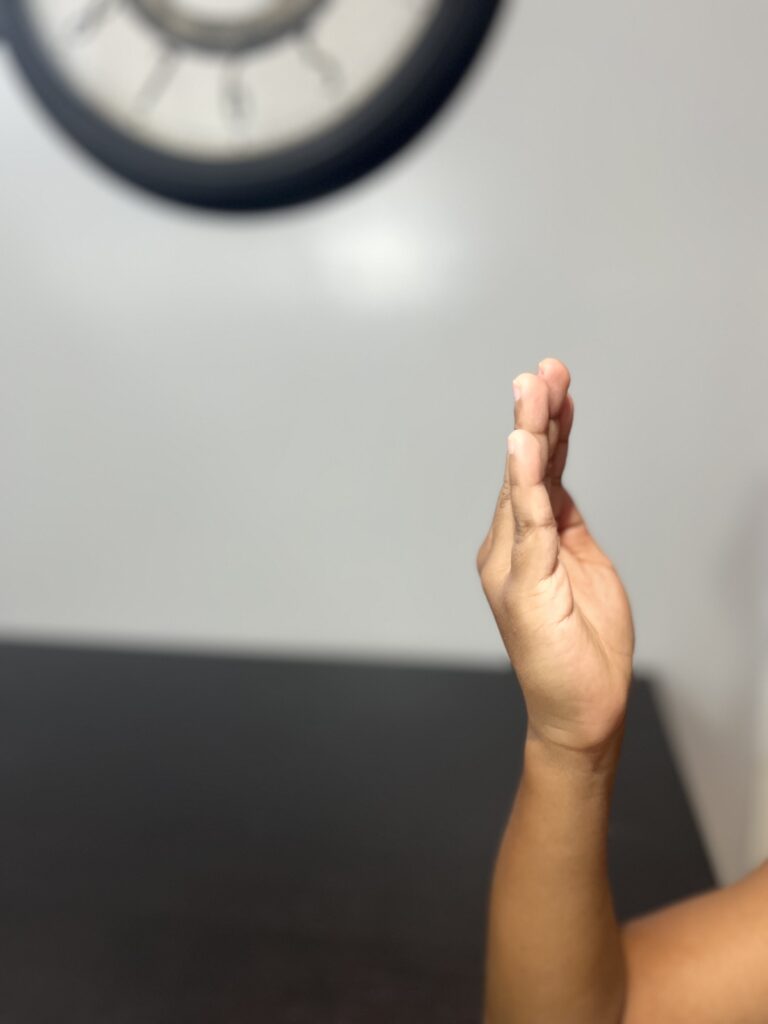
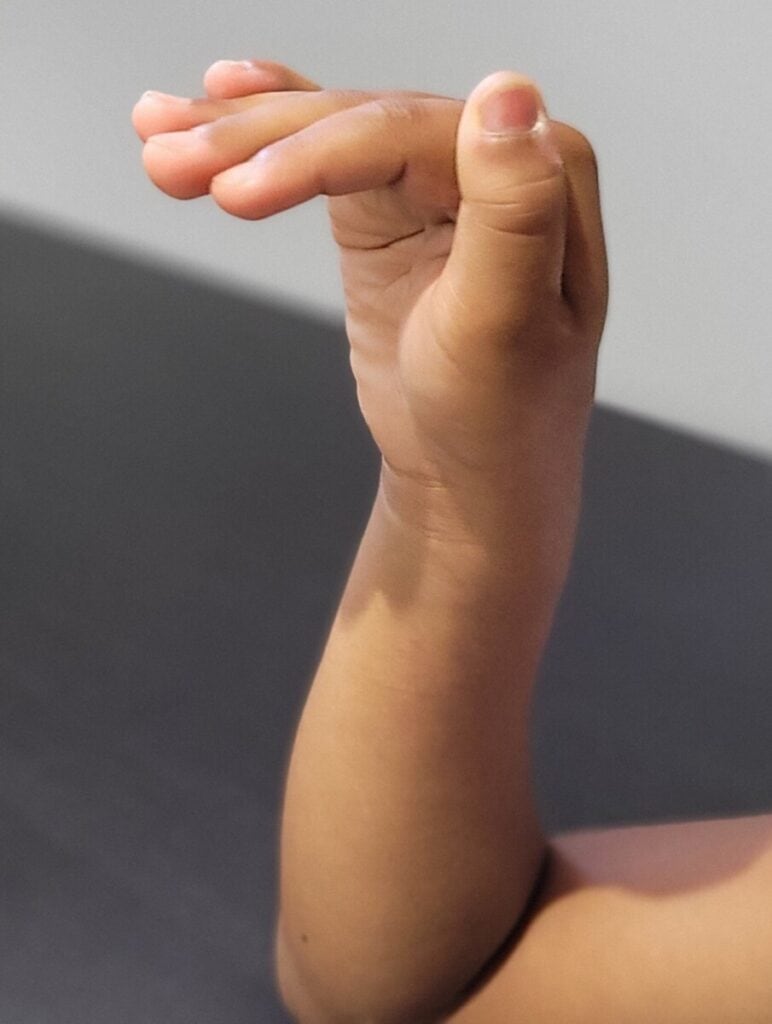
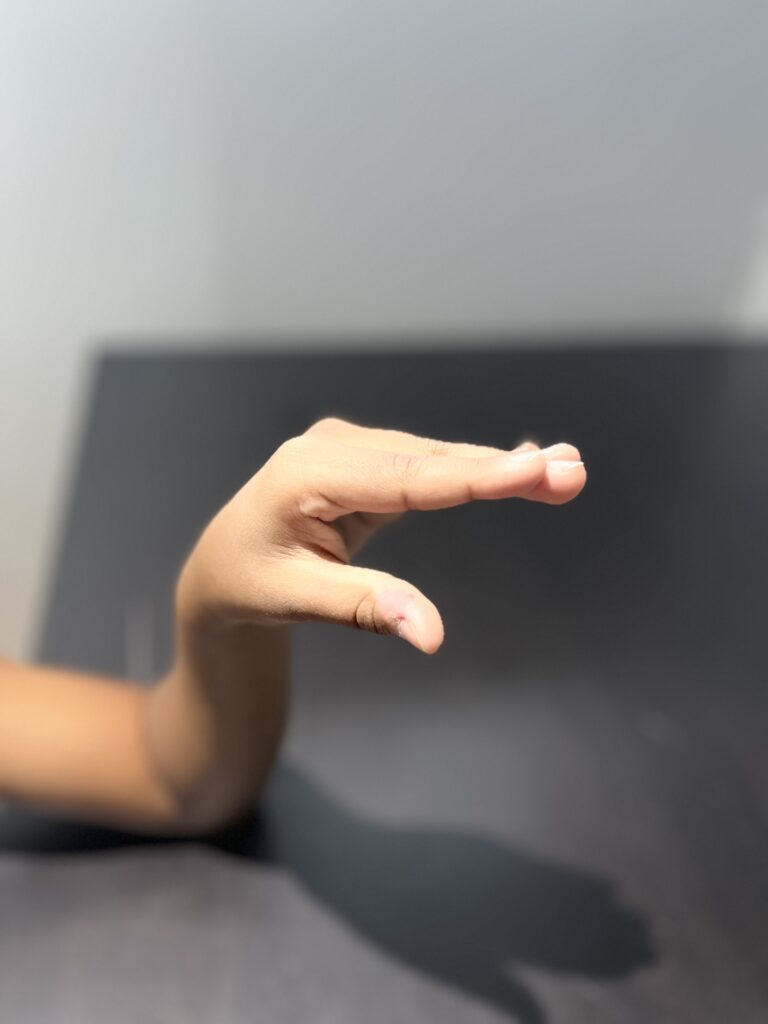

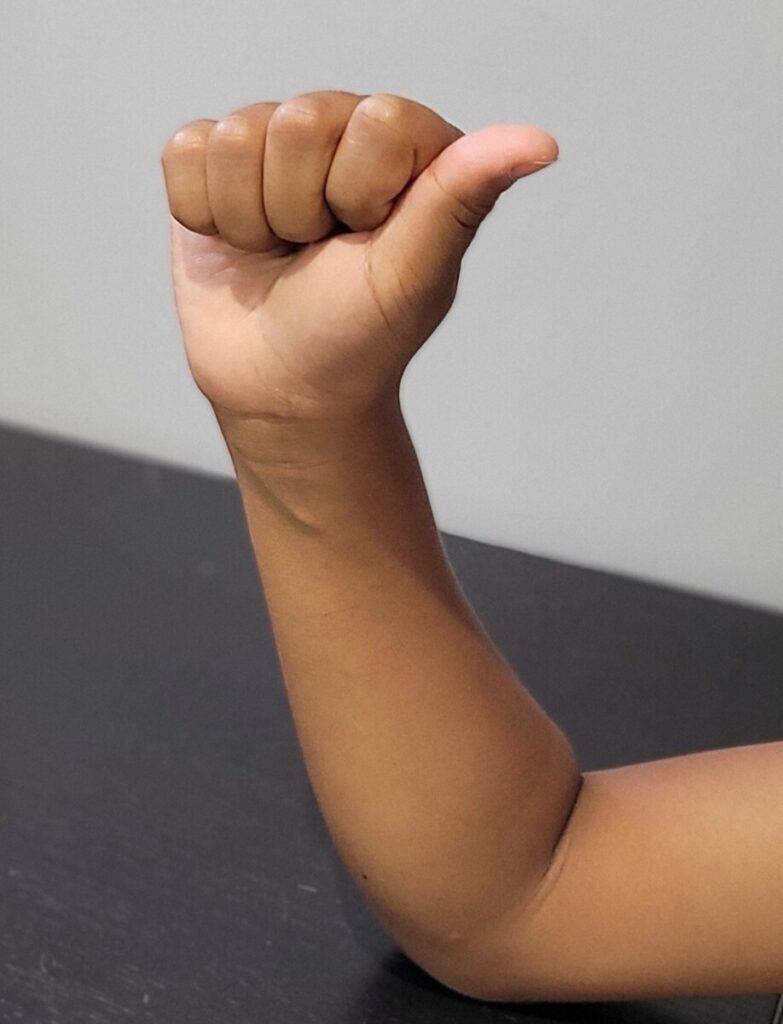
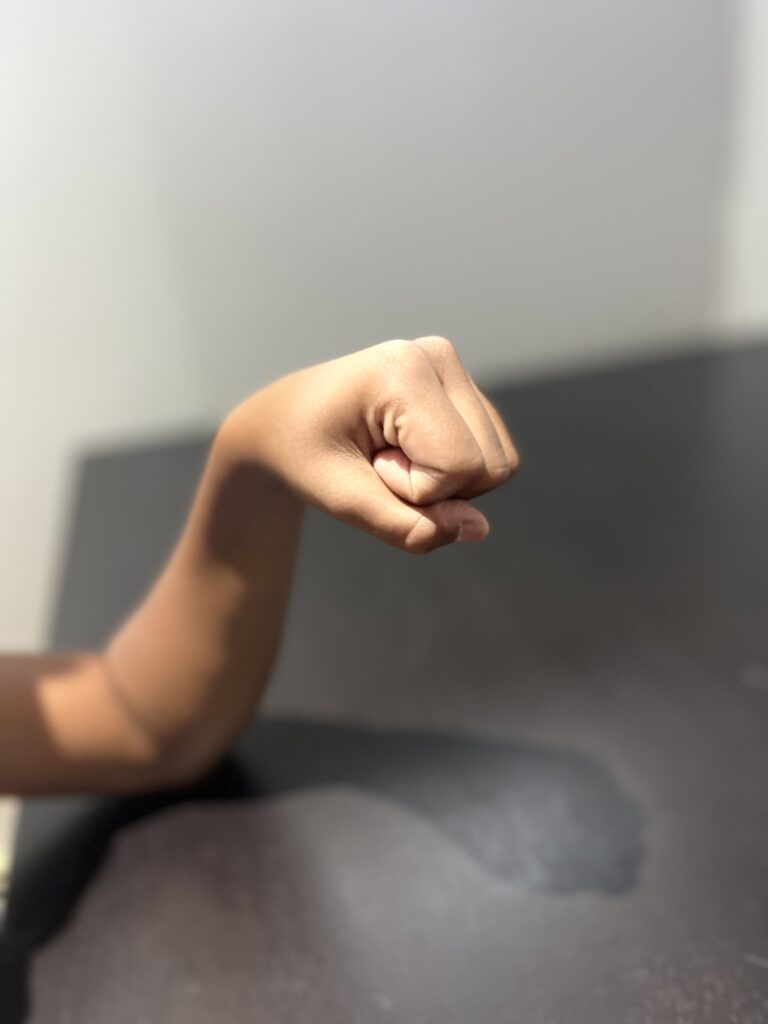
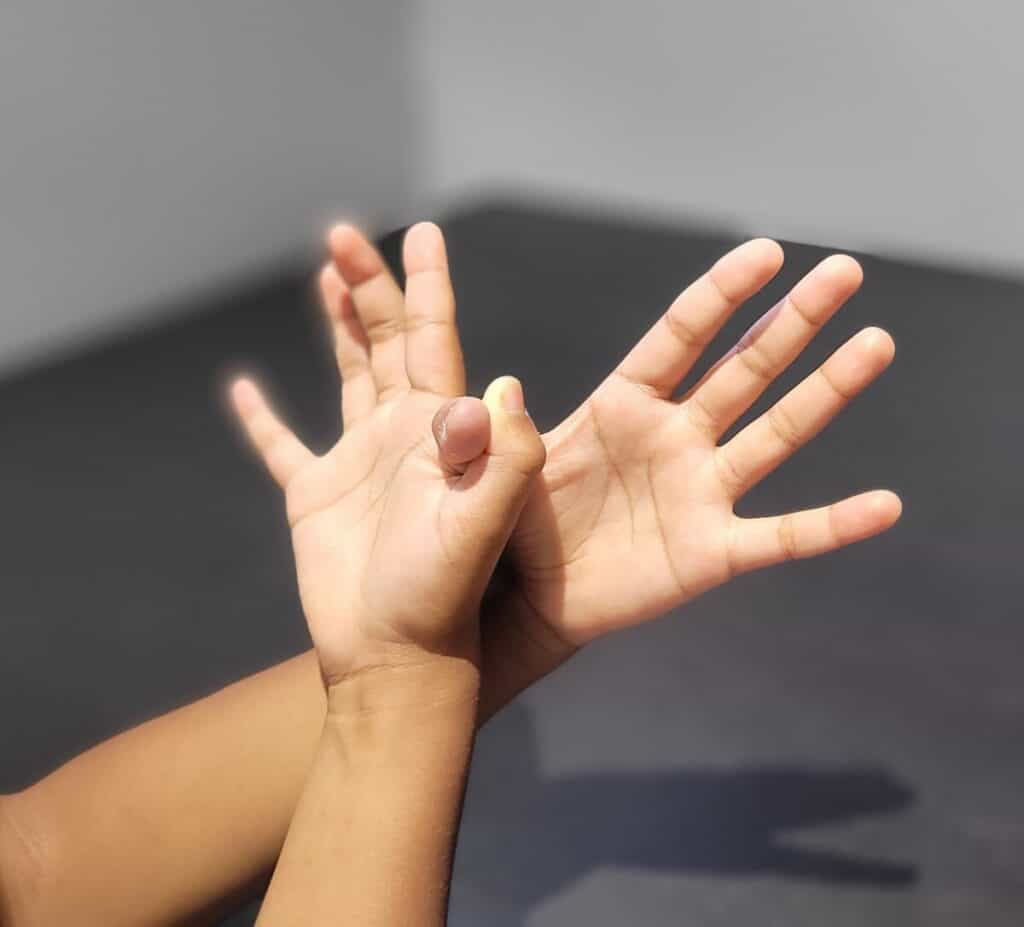
As previously mentioned, we’ve taken the original tendon gliding exercise sequence and infused it with a touch of enjoyment to make it appealing and interactive for children. Rest assured, this adjustment hasn’t compromised its effectiveness. Just like any physical endeavor, it’s crucial to ensure that children are medically and physically fit to participate in this activity. Additionally, please be attentive: if a child experiences any discomfort or pain while performing the movement, it’s advisable to temporarily pause and wait until it’s comfortable to resume or discontinue it altogether if necessary. Safety and well-being always come first.
As a general rule, ask children to begin by placing the elbow on a stable and level surface such as a desk or table. These exercises should be performed individually for each hand. Ensuring children’s comfort is essential—make sure they are seated in a relaxed manner, with shoulders at ease, maintaining a straight posture for the back, and both feet planted firmly on the floor.
We begin the sequence of stretches, starting with the glamorous giraffe pose, followed by dog, duck, turtle, snail, and swan, and ending with the eagle. Encourage children to follow this sequence step by step as each transition—from the giraffe to the swan—progressively and gently extends the extensor muscles. The eagle pose, in particular, has a remarkable effect, stretching the flexor muscles, intrinsic muscles of the hand, webspace, and hand arches. For an added touch of enjoyment, consider infusing the activity with music, perhaps lively farm or jungle tunes, creating a spirited atmosphere as they sing along while mastering each pose.
- Giraffe Pose
We begin the giraffe pose in a neutral position, which is the position in which all muscles, flexors, and extensors are at their resting length. With arm, wrist, and fingers lined up in a straight vertical line, we hold the pose for five seconds or sing along to a delightful tune for 5 seconds before we move to the next pose.
- Dog Pose
As we transition into the dog pose, children gently bend their fingers (performing flexion) at the knuckles, creating a 90-degree angle. Maintaining this pose for five seconds allows the extensor muscles to lengthen gradually while the flexor muscles simultaneously contract. Throughout this pose, it’s important to note that the thumb maintains a neutral position.
- Duck Pose
In the duck pose, the fingers retain their gentle bend at the knuckles, forming a 90-degree angle. However, in this pose, we encourage children to create separation between the thumb and the pointer finger, known as abduction, which opens up the web space. Through this action, we effectively stretch the thumb muscles and finger extensors while simultaneously engaging the finger flexors for a comprehensive muscle engagement.
- Turtle Pose
In the turtle pose, we further stretch our hand extensors while increasing the contraction of our flexors by bending the fingers at the middle joint (known as the PIP joint) while maintaining the joint nearest to the fingertips in a straight alignment. Concurrently, the thumb returns to its neutral position. Encourage children to sustain this pose for 5 seconds before proceeding to the next step.
- Snail Pose
In the snail pose, we guide children to flex the joints nearer to the fingertips, resulting in bending across all finger joints. The fingernails are intended to be subtly concealed as if tucked within the palm. Concurrently, abduction stretches the thumb away from the rest of the fingers. Encourage the children to maintain this pose for 5 seconds to experience its benefits fully.
- Swan Pose
The swan pose involves a pivotal moment where the hand’s extensor muscles reach their maximum stretch. At the same time, the flexors undergo their most profound contraction due to their shortest length. In this stance, the wrist is fully bent into flexion. Children may perceive a delicate sensation of tension as they experience a subtle pull over their knuckles and a gentle tightness near the lower part of their arm, close to the elbow. It’s important to emphasize that this sensation should be gentle. While maintaining the bending of all finger joints, please encourage them to embrace this pose for five seconds before transitioning to the next step.
- Eagle Pose
And now, let’s conclude with the eagle pose, the final piece of our sequence. After affording our finger extensors a well-deserved stretch, it’s now the turn for the finger flexors to experience their share of engagement. Children are guided to smoothly exit the swan pose to transition into this pose by initiating the elongation of the fingers, surpassing the neutral position where the wrist, fingers, and thumb are vertically aligned. This motion continues until the wrist and fingers are fully extended, and the palm faces upward, effectively embracing the eagle pose.
Now, we kindly invite children to position one hand behind the other, intertwining both thumbs around each other. This gentle action effectively engages the web space muscles, contributing to their soothing stretch. Additionally, we encourage them to gradually separate their fingers from each other as much as it is comfortable. This movement offers a generous stretch to the interossei muscles—the very muscles responsible for facilitating both the separation and union of fingers.
Once the sequence has been completed with one hand, we encourage children to replicate the series with their other hand, ensuring that both hands reap the rewards of this valuable stretching exercise. While it may appear to be a comprehensive process, rest assured that it’s a quick and simple routine. More importantly, this approach offers youngsters an enjoyable and effective method for stretching their hands and fingers. Following the conclusion of this stretching activity, the young ones will be all set to embark on a variety of fun and exciting fine motor activities, as suggested in this post. We trust that you’ve found this information both helpful and informative.
“Always remember, empowering our children goes a long way in helping them become independent and build their self-esteem.”
